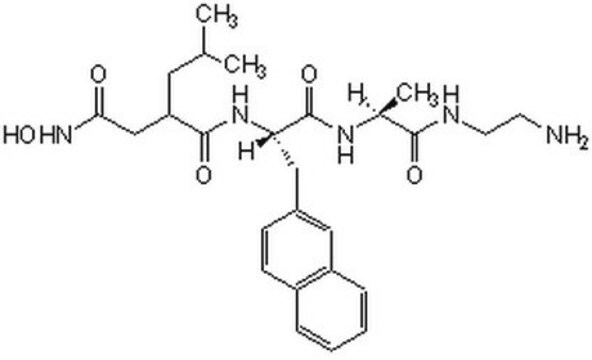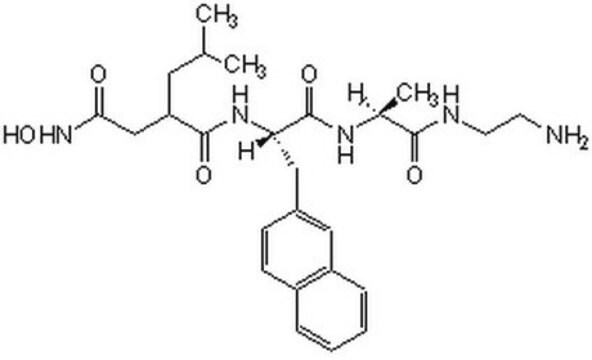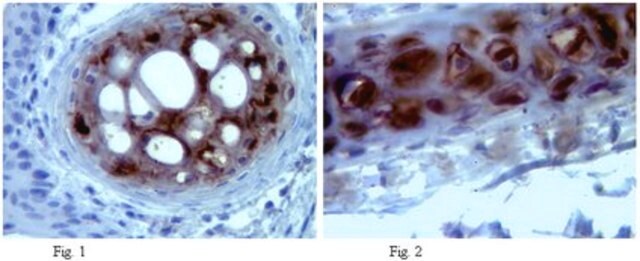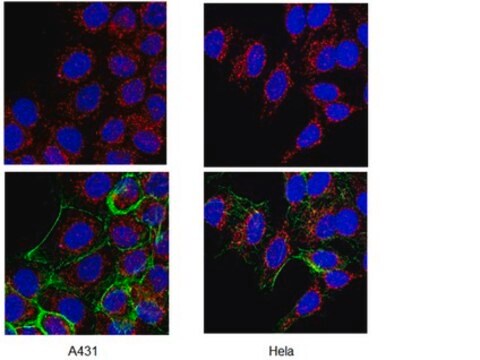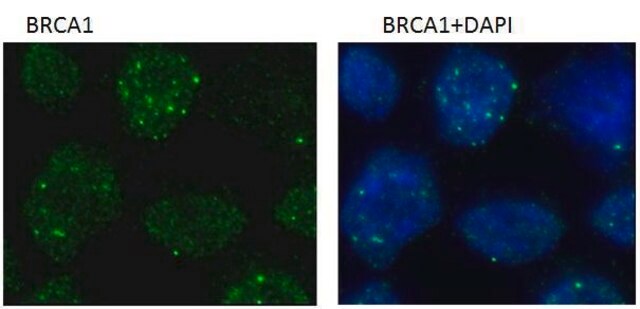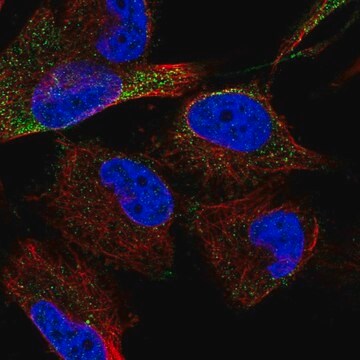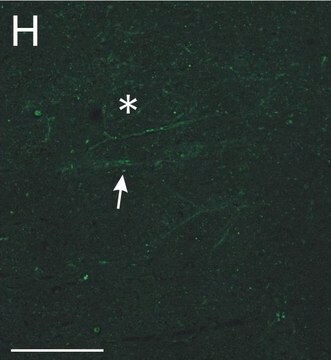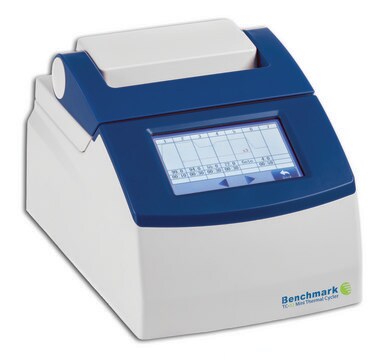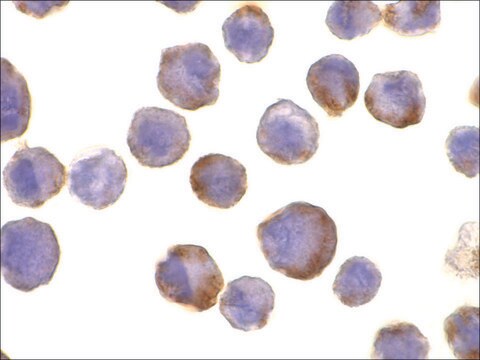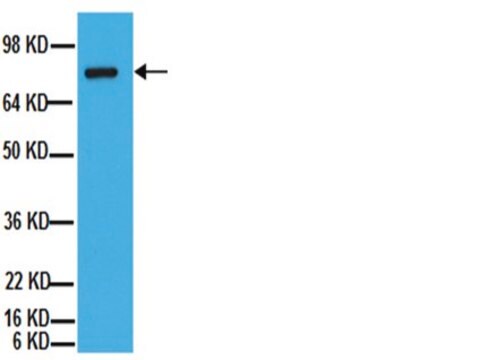MABT884
Anti-TACE Antibody, clone D1(A12)
clone D1(A12), from human(Recombinant)
Sinónimos:
Disintegrin and metalloproteinase domain-containing protein 17, ADAM 17, CD156b, Snake venom-like protease, TNF-alpha convertase, TNF-alpha-converting enzyme
About This Item
Productos recomendados
biological source
human (Recombinant)
Quality Level
antibody form
purified immunoglobulin
antibody product type
primary antibodies
clone
D1(A12), monoclonal
species reactivity
human
should not react with
mouse (Kwok, H.F., et al. (2014). Protein Eng. Des. Sel. 27(6):179-190.)
technique(s)
flow cytometry: suitable
isotype
IgG1κ
NCBI accession no.
UniProt accession no.
shipped in
ambient
target post-translational modification
unmodified
Gene Information
human ... ADAM17(6868)
General description
Specificity
Immunogen
Application
Inhibits Activity/Function: Representative lots inhibited TACE-mediated substrates shedding from the surface of human cells both in cultures and in mice in vivo (Issuree, P.D., et al. (2013). J. Clin. Invest. 123(2):928-932; Richards, F.M., et al. (2012). PLoS One. 7(7):e40597; Tape, C.J., et al. (2011). Proc. Natl. Acad. Sci. U. S. A. 108(14):5578-5583).
Apoptosis & Cancer
Quality
Flow Cytometry Analysis: 0.2 µg (2 µg/mL) of this antibody detected TACE expression on the surface of one million HeLa cells.
Target description
Physical form
Storage and Stability
Handling Recommendations: Upon receipt and prior to removing the cap, centrifuge the vial and gently mix the solution. Aliquot into microcentrifuge tubes and store at -20°C. Avoid repeated freeze/thaw cycles, which may damage IgG and affect product performance.
Other Notes
Disclaimer
¿No encuentra el producto adecuado?
Pruebe nuestro Herramienta de selección de productos.
Storage Class
12 - Non Combustible Liquids
wgk_germany
WGK 2
flash_point_f
Not applicable
flash_point_c
Not applicable
Certificados de análisis (COA)
Busque Certificados de análisis (COA) introduciendo el número de lote del producto. Los números de lote se encuentran en la etiqueta del producto después de las palabras «Lot» o «Batch»
¿Ya tiene este producto?
Encuentre la documentación para los productos que ha comprado recientemente en la Biblioteca de documentos.
Nuestro equipo de científicos tiene experiencia en todas las áreas de investigación: Ciencias de la vida, Ciencia de los materiales, Síntesis química, Cromatografía, Analítica y muchas otras.
Póngase en contacto con el Servicio técnico